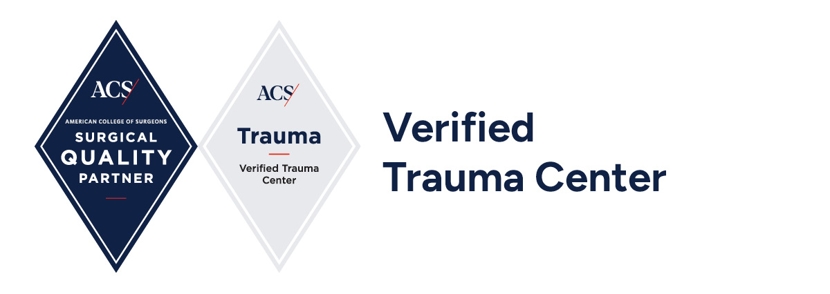Understanding Aortic Stenosis
- Category: Heart & Vascular, Education
- Posted On:

The heart has four valves that open and close to allow blood flow throughout the heart and out to the rest of the body. The aortic valve is located in-between the left ventricle, which is the main pumping chamber in the heart, and the aorta, which distributes blood throughout the body.
Aortic stenosis occurs when calcium builds up within the aortic valve, limiting the valve’s ability to open and close. As the condition progresses, the valve opening narrows, obstructing blood flow and forcing the heart to pump harder. The progression of aortic stenosis cannot be reversed or stopped but requires surgical intervention for treatment. This progressive disease generally presents in older patients. However, patients that have a congenital or bicuspid valve (two functioning leaflets inside of the aortic valve instead of three) may present younger.
A minimally invasive treatment known as TAVR, or Transcatheter Aortic Valve Replacement, may be an appropriate treatment option. This article aims to offer an in-depth understanding of the TAVR procedure, its benefits, procedural details, recovery process, and the latest advancements in the field.
TAVR Procedure: Who is Eligible?
The TAVR procedure can be a treatment option for individuals with severe aortic stenosis that causes symptoms of fatigue or decreased exercise tolerance, shortness of breath, syncope (episodes of passing out) or chest pain. TAVR was approved in the U.S. in 2011 for patients who were considered to be at high or inoperable risk for open heart surgery. Since then, it has expanded to patients at all levels of surgical risk.
Suitability for the TAVR procedure is determined based on an assessment by a multidisciplinary heart team, including an interventional cardiologist and cardiovascular surgeon. Evaluation considerations include assessing overall heart and physical health, co-morbidities, valve condition, blood vessel size, and age. All of these considerations are taken into account when deciding the valve type, approach and best short- and long-term options for each patient.
Patients not eligible for TAVR may have other treatment options available, depending on their specific circumstances.
Details of the TAVR Procedure
TAVR, or Transcatheter Aortic Valve Replacement, involves making a small incision in a blood vessel in the leg (other options can be used, such as the arteries in the neck or chest). A small tube (catheter) is then advanced through the blood vessel and into the heart. This tube carries the new valve into the right position and places the new valve inside of the old valve. Unlike traditional open-heart surgery, the heart is not stopped or put on a bypass machine for this procedure. The total procedure time is generally less than 2 hours, with most patients receiving light sedation instead of general anesthesia.
Two types of valves can be used for aortic valve replacement:
- 1. Bioprosthetic valves, which are sourced from animal tissues and do not require long-term anticoagulation but may have a limited lifespan.
- 2. Mechanical valves, which are durable but require lifelong anticoagulant therapy.
Bioprosthetic valves are used for the TAVR procedure, whereas either bioprosthetic or mechanical valves can be used for open-heart surgical aortic valve replacement, depending on the patient’s individual factors.
TAVR offers several advantages over traditional open-heart surgery, including shorter hospital stay, quicker recovery, and decreased risk of mortality, stroke and atrial fibrillation. However, other potential complications of the TAVR procedure can include heart rhythm irregularities, injuries to an artery or vein or valve-related issues.
Post-TAVR Recovery and Long-term Outlook
Understanding the recovery process and long-term prognosis after a TAVR procedure is crucial for patients and their family members. Generally, patients experience a quicker recovery compared to traditional open-heart surgery and can expect to be discharged from the hospital within a day or two post-procedure.
The recovery period is generally minimal, with patients advised to follow their healthcare team's guidelines on pain management, physical activity, and postoperative care. Regular follow-ups are essential to monitor recovery and ensure healing as expected.
Long-term, the TAVR procedure can improve the quality of life for aortic stenosis patients, leading to reduced symptoms and enhanced overall well-being. However, the long-term success of TAVR is dependent on individual health, lifestyle choices, and adherence to post-operative care instructions.




